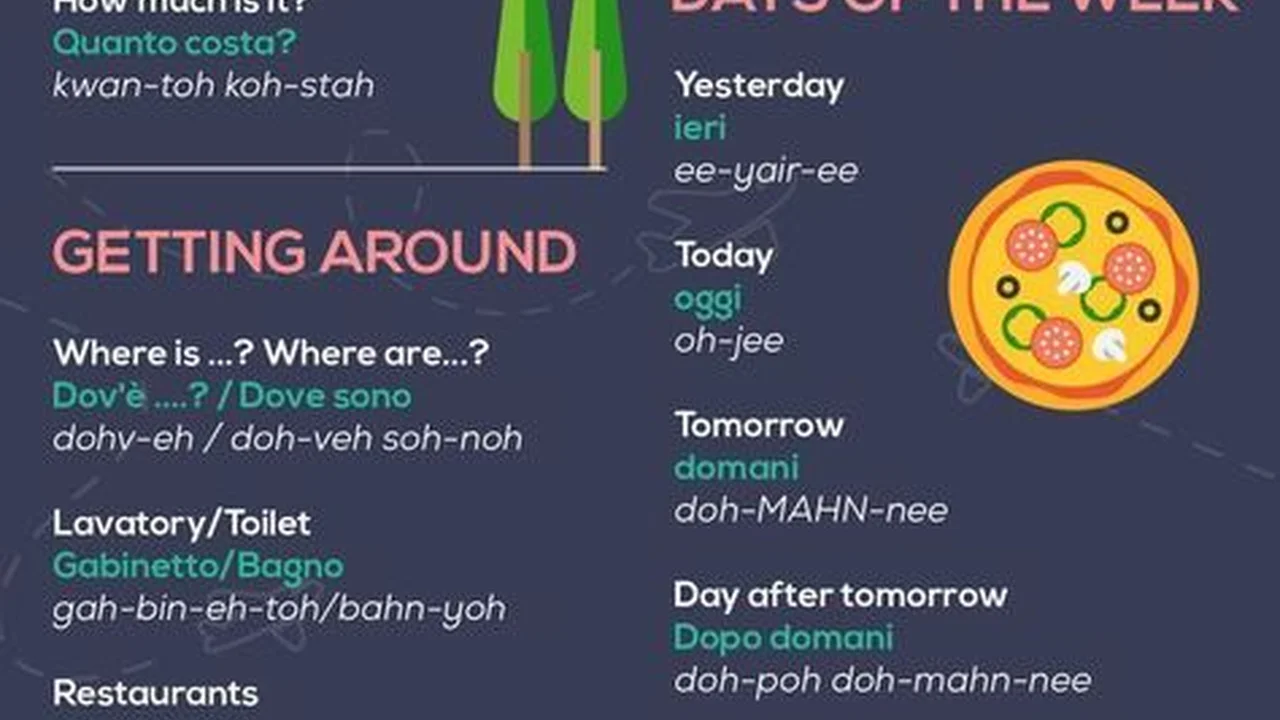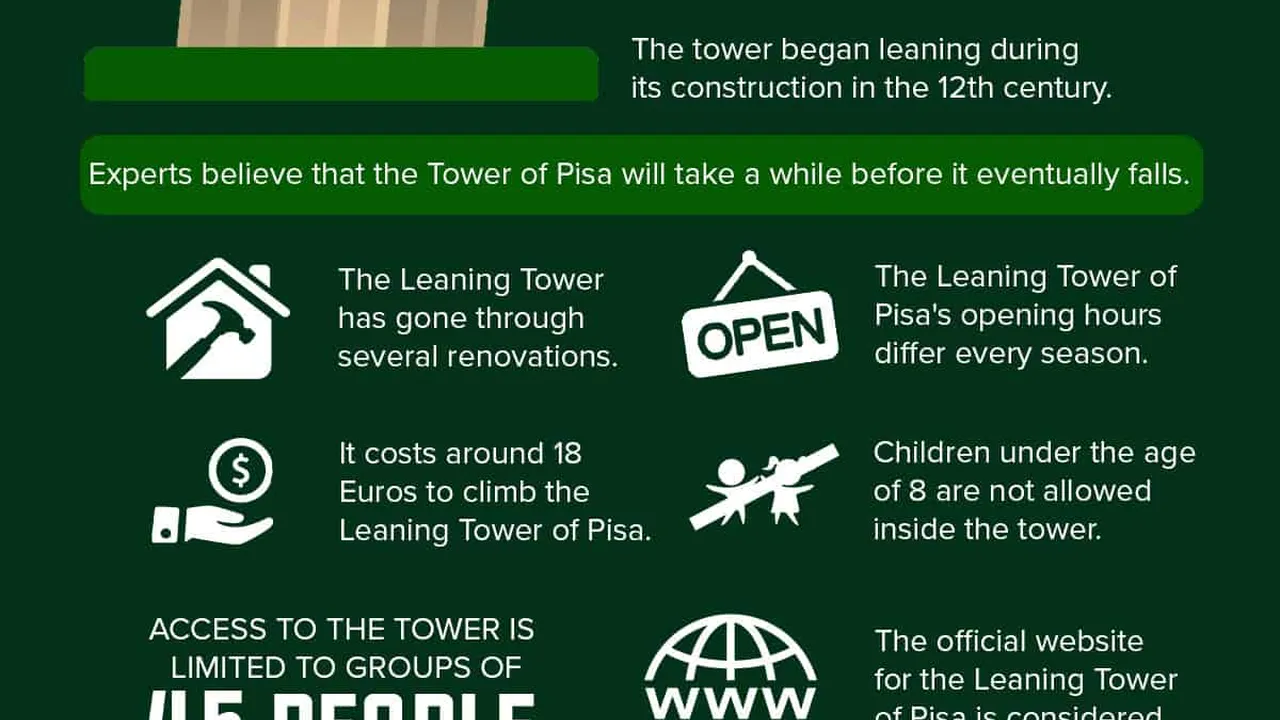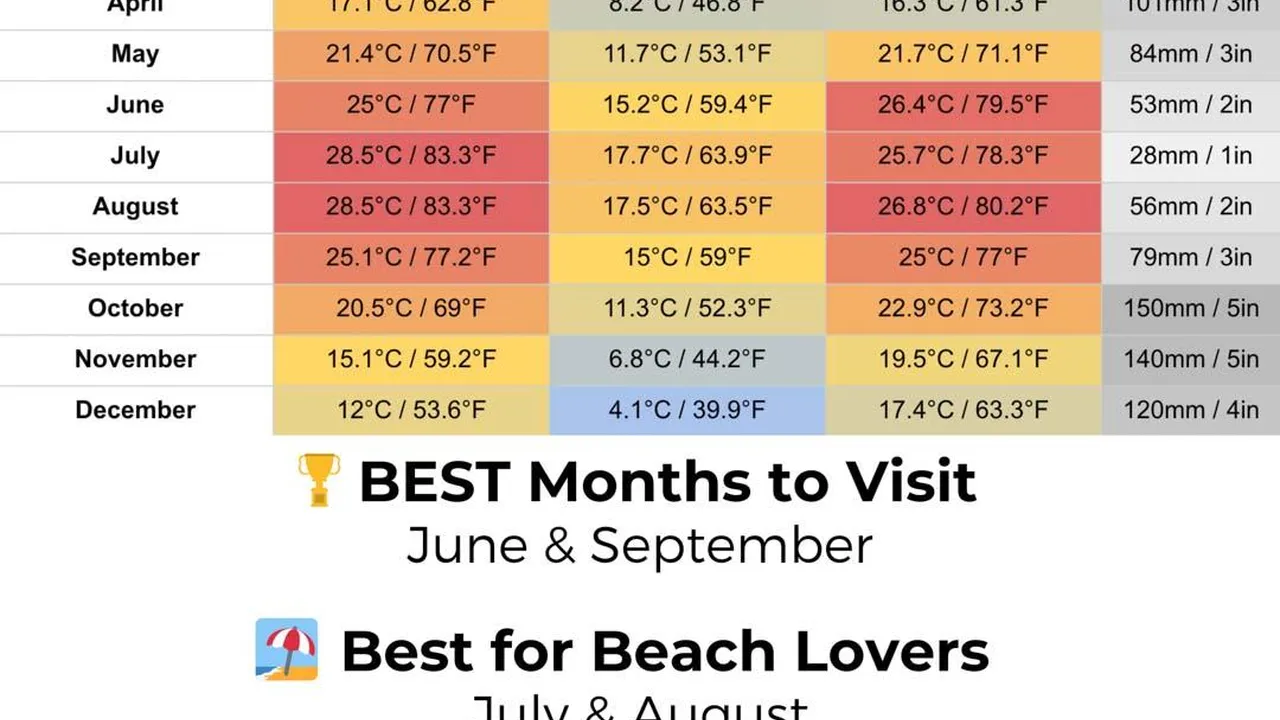Italian Phrases for Travelers: Basic Language Guide
Planning your first trip to Italy? Avoid common mistakes with these 10 essential tips. Learn about transportation, accommodation, and local customs. Make your Italian adventure unforgettable and stress-free.

Why Learn Italian Phrases for Your Italy Trip?
Okay, so you're heading to Italy! Awesome choice. But let's be real, while many Italians, especially in touristy areas, speak some English, knowing a few basic Italian phrases can seriously enhance your experience. It's not just about being polite (though that's a big part of it!). It's about connecting with locals, showing respect for their culture, and maybe even getting a better deal at that little trattoria you've been eyeing. Plus, it's just plain fun! Imagine the smiles you'll get when you order your gelato in Italian.
Essential Italian Greetings and Introductions
Let's start with the basics. These are phrases you'll use every single day.
- Ciao (Chow): Hello / Goodbye (informal). This is your go-to for casual situations. Use it with friends, shopkeepers, and people you meet casually.
- Buongiorno (Bwohn-jor-noh): Good morning / Good day (formal). Use this until lunchtime. It's more respectful than "Ciao" when addressing someone you don't know well.
- Buonasera (Bwoh-nah-seh-rah): Good evening / Good night (formal). Use this from lunchtime onwards.
- Come stai? (Koh-meh stah-ee?): How are you? (informal). Use this with people you know.
- Come sta? (Koh-meh stah?): How are you? (formal). Use this with people you don't know well or people you need to show respect to.
- Bene, grazie (Beh-neh, grah-tzee-eh): Fine, thank you. This is a common response to "How are you?"
- Mi chiamo… (Mee kee-ah-moh…): My name is… Follow this with your name.
- Piacere (Pee-ah-cheh-reh): Nice to meet you. Use this after someone introduces themselves.
Useful Italian Phrases for Ordering Food and Drinks
Food is a huge part of Italian culture, and you'll definitely be eating well! Here are some phrases to help you navigate restaurants and cafes.
- Un tavolo per uno/due/tre… (Oon tah-vo-loh per oo-noh/doo-eh/treh…): A table for one/two/three…
- Vorrei… (Vor-reh-ee…): I would like… This is a polite way to order.
- Il menu, per favore (Eel meh-noo, per fah-vo-reh): The menu, please.
- Acqua naturale/frizzante (Ah-kwah nah-too-rah-leh/freetz-zan-teh): Still/Sparkling water.
- Vino rosso/bianco (Vee-noh ros-soh/bee-ahn-koh): Red/White wine.
- Una birra (Oo-nah beer-rah): A beer.
- Caffè (Kaf-feh): Coffee.
- Il conto, per favore (Eel kon-toh, per fah-vo-reh): The bill, please.
- È delizioso! (Eh deh-leet-zee-oh-soh!): It's delicious! A great way to compliment the chef.
Italian Phrases for Getting Around Town
Whether you're navigating the bustling streets of Rome or exploring the canals of Venice, these phrases will come in handy.
- Dove si trova…? (Doh-veh see troh-vah…?): Where is…? Follow this with the place you're looking for (e.g., "Dove si trova il Colosseo?" - Where is the Colosseum?).
- Come arrivo a…? (Koh-meh ar-ree-vo ah…?): How do I get to…?
- A destra/sinistra (Ah des-trah/see-nees-trah): To the right/left.
- Dritto (Dreet-toh): Straight ahead.
- Quanto costa? (Kwan-toh kos-tah?): How much does it cost?
- Un biglietto per… (Oon bee-lyet-toh per…): A ticket to…
- La stazione (Lah stat-tzee-oh-neh): The train station.
- L'aeroporto (Lay-roh-por-toh): The airport.
Italian Phrases for Shopping and Bargaining
Italy is a shopper's paradise! From high-end fashion to local crafts, you'll find plenty to tempt you. Here's how to ask about prices and maybe even haggle a little (though it's not as common as in some other countries).
- Posso provare? (Pos-soh proh-vah-reh?): Can I try it on?
- È troppo caro/a (Eh trop-poh kah-roh/ah): It's too expensive.
- Avete qualcosa di meno caro? (Ah-veh-teh kwal-koh-zah dee meh-noh kah-roh?): Do you have something less expensive?
- Accettate carte di credito? (Atch-chet-tah-teh kar-teh dee kreh-dee-toh?): Do you accept credit cards?
Italian Phrases for Emergencies
Hopefully, you won't need these, but it's always good to be prepared.
- Aiuto! (Ah-yoo-toh!): Help!
- Chiamate la polizia! (Kee-ah-mah-teh lah poh-leet-zee-ah!): Call the police!
- Chiamate un'ambulanza! (Kee-ah-mah-teh oon-am-boo-lan-tzah!): Call an ambulance!
- Ho bisogno di un medico (Oh bee-zohn-yoh dee oon meh-dee-koh): I need a doctor.
Other Helpful Italian Words and Phrases
- Per favore (Per fah-vo-reh): Please. Crucially important!
- Grazie (Grah-tzee-eh): Thank you. Equally important!
- Prego (Preh-goh): You're welcome / Please come in / After you. A versatile word!
- Scusi (Skzoo-zee): Excuse me (formal). Use to get someone's attention.
- Scusa (Skzoo-zah): Excuse me (informal).
- Non capisco (Non kah-pees-koh): I don't understand.
- Parla inglese? (Par-lah een-gleh-zeh?): Do you speak English?
- Un momento (Oon moh-men-toh): One moment.
- Va bene (Vah beh-neh): Okay / Alright / It's fine.
Italian Language Learning Tools and Resources
Want to take your Italian skills to the next level before your trip? Here are a few resources to get you started:
- Duolingo: A free and fun app for learning basic Italian vocabulary and grammar.
- Memrise: Another great app that uses spaced repetition to help you memorize words and phrases.
- Babbel: A subscription-based language learning platform with more in-depth lessons.
- ItalianPod101: Offers audio and video lessons, as well as transcripts and vocabulary lists.
- Lonely Planet Italian Phrasebook: A handy pocket-sized phrasebook with all the essential phrases you'll need on your trip.
Recommended Italian Language Learning Products
Let's get practical. Here are a few specific products I'd recommend, along with their features, use cases, and approximate prices:
1. Mondly Italian Premium: Best for Gamified Learning
Features: Bite-sized lessons, speech recognition, augmented reality features, and covers a wide range of topics from basic greetings to more complex grammar.
Use Case: Great for beginners who want to learn Italian in a fun and engaging way. The gamified approach keeps you motivated, and the speech recognition helps you improve your pronunciation.
Comparison: Mondly is similar to Duolingo in its gamified approach, but it offers more in-depth content and a wider range of features. It's also less repetitive than Duolingo.
Price: Usually around $9.99 per month or $47.99 per year. Keep an eye out for lifetime subscription deals which can be a great value.
2. Rosetta Stone Italian: Best for Immersive Learning
Features: Immersive learning approach with no translations, speech recognition technology, and focuses on building conversational skills.
Use Case: Ideal for those who prefer a more immersive learning experience and want to learn Italian like a native speaker. The speech recognition is excellent and helps you perfect your pronunciation.
Comparison: Rosetta Stone is more expensive than Mondly or Duolingo, but it offers a more comprehensive and immersive learning experience. It's a good choice if you're serious about learning Italian.
Price: Subscriptions vary. Usually around $11.99 per month (billed annually) or a one-time purchase for lifetime access (around $179).
3. Pimsleur Italian: Best for Audio-Based Learning
Features: Audio-based lessons, focuses on conversational skills, and teaches you to think in Italian rather than just memorizing phrases.
Use Case: Perfect for learning Italian on the go, whether you're commuting, exercising, or doing household chores. The audio-based lessons are easy to follow and help you develop your listening and speaking skills.
Comparison: Pimsleur is different from apps like Duolingo or Mondly because it's primarily audio-based. It's a good choice if you prefer learning through listening and speaking rather than visual learning.
Price: Around $14.95 per month for Pimsleur Premium (which includes visual learning tools) or a one-time purchase for individual lessons.
4. Italian for Dummies (Book): Best for Comprehensive Grammar and Vocabulary
Features: Comprehensive coverage of Italian grammar and vocabulary, includes exercises and quizzes, and comes with an audio CD for pronunciation practice.
Use Case: A great resource for those who want a more traditional learning experience and prefer learning from a book. It's also a good supplement to online learning apps.
Comparison: While apps are interactive, this book provides a structured and detailed explanation of Italian grammar, which can be helpful for a deeper understanding.
Price: Typically around $20 - $25.
Tips for Practicing Your Italian While Traveling
Okay, you've learned some phrases and maybe even invested in a language learning program. Now it's time to put your skills to the test! Here are a few tips for practicing your Italian while traveling in Italy:
- Don't be afraid to make mistakes: Everyone makes mistakes when learning a new language. The important thing is to keep trying and don't be afraid to embarrass yourself. Italians are generally very patient and appreciative of the effort you're making.
- Start with simple phrases: Don't try to speak perfect Italian right away. Start with the basic phrases you've learned and gradually build up your vocabulary and grammar.
- Listen carefully to how Italians speak: Pay attention to their pronunciation, intonation, and body language. This will help you improve your own speaking skills and understand what they're saying.
- Watch Italian movies and TV shows: This is a fun and effective way to improve your listening comprehension and learn new vocabulary. Turn on the subtitles at first, then try watching without them as you improve.
- Talk to locals whenever you can: Strike up conversations with shopkeepers, waiters, hotel staff, and anyone else you encounter. Most Italians are happy to chat with tourists, even if your Italian isn't perfect.
Embrace the Language and Culture
Learning a few Italian phrases isn't just about convenience; it's about embracing the culture and connecting with the people. So, go ahead, give it a try! Even a simple "Buongiorno" can go a long way. Have a fantastic trip to Italy!
:max_bytes(150000):strip_icc()/277019-baked-pork-chops-with-cream-of-mushroom-soup-DDMFS-beauty-4x3-BG-7505-5762b731cf30447d9cbbbbbf387beafa.jpg)






